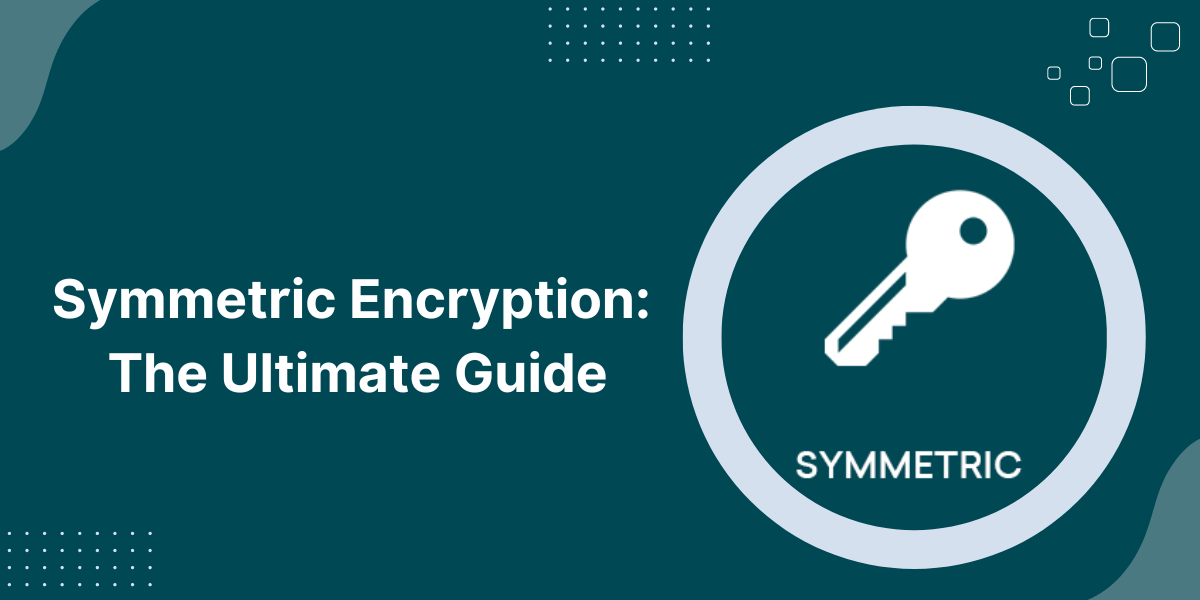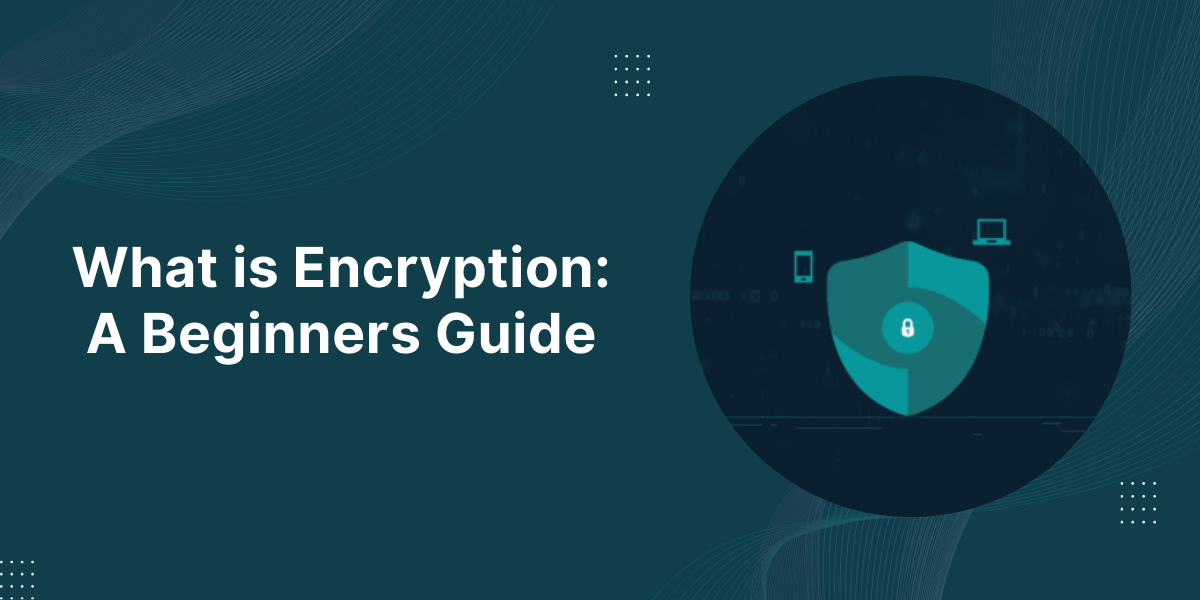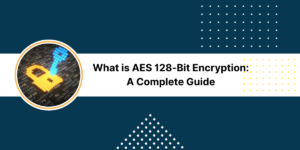Getting Started with Public Key Infrastructure (PKI)
Public Key Infrastructure (PKI) is a framework for verifying identities and establishing trust over an otherwise untrusted network like the internet. PKI enables secure communication between two parties who do not have a pre-existing relationship by using digital certificates and public-private cryptographic key pairs.
PKI provides the foundation for security services like encryption, authentication, data integrity, and digital signatures that protect data in transit and at rest. It prevents cyber threats like man-in-the-middle attacks, eavesdropping, data tampering, impersonation, and more.
PKI is made up of standards, policies, hardware, software, procedures, and best practices that regulate and manage digital certificates issued by trusted Certificate Authorities (CAs). CAs validate identities and issue PKI certificates that bind cryptographic keys to entities like websites, servers, networks, devices, software, and people.
Relying parties use PKI certificates to verify identities and establish trusted connections. PKI is essential to securing the modern internet and providing confidentiality and integrity for sensitive data.
Key Takeaways
- Public Key Infrastructure (PKI) is a system for managing digital certificates and public-private key pairs that enables trusted communication over an untrusted network like the internet.
- PKI certificates are issued by a Certificate Authority (CA) to validate the identity and ownership of cryptographic keys used in applications like websites, email servers, software, and devices.
- The main types of PKI certificates are secure socket layer SSL/TLS certificates for websites and servers, code signing certificates for software and files, client certificates for devices and users, and email certificates for encrypting/signing email.
- PKI relies on an ecosystem of standards, policies, hardware, software, and industry best practices to establish trust between entities that do not have a pre-existing relationship.
- PKI provides data encryption, authentication, data integrity, and digital signatures to secure networks and prevent threats like data breaches, hacking, phishing, and man-in-the-middle attacks.
How Does Public Key Infrastructure Work?
PKI utilizes asymmetric cryptography that uses key pairs made up of a public key and a private key. The public key can be widely distributed while the private key is kept secret. Data encrypted with the public key can only be decrypted with the matched private key.
Here are the main steps for PKI encrypted communication:
- A user generates a public-private key pair to be used for identification and encryption.
- The user keeps the private key secret while distributing the public key.
- The user obtains a PKI digital certificate from a trusted CA that binds their identity to their public key.
- The user transmits the certificate containing the public key to other parties.
- The receiving party verifies the certificate signature against the CA’s certificate.
- Trust is established and the public key can be used to encrypt data or verify digital signatures.
- The receiving party uses the verified public key to encrypt data and transmit it back.
- The original user uses their private key to decrypt the data.
This allows secure, encrypted communication without having to exchange keys beforehand. The CA serves as a neutral third-party to establish trust between the entities.
Main Components of a Public Key Infrastructure
PKI relies on the interaction between these core components:
- Certificate Authority (CA) – Validates identities and issues digital certificates
- Registration Authority (RA) – Verifies identity and processes certificate requests
- Certificate Holders – Entities that receive certificates and use key pairs
- Relying Parties – Recipients who rely on the certificates for security services
- Certificate Revocation Lists (CRL) – Lists revoked or no longer valid certificates
- PKI Software – Tools for issuing, managing and storing certificates
- Cryptographic Keys – Public and private key pairs used for encryption and authentication
The CA is the central trusted party that adheres to a Certificate Practice Statement (CPS) document outlining its policies and practices. The RA acts as the interface between the CA and end-users.
The ecosystem of policies, procedures, infrastructure, and standards that govern PKI operations is referred to as the Certification Practice Framework (CPF). Adhering to industry best practices for managing private keys, operating systems, applications, personnel, and facilities is essential for a reliable PKI implementation.
Hierarchical Trust Model of PKI
PKI utilizes a hierarchical model to establish chains of trust for validating certificates. Root CAs anchors these trust chains by issuing intermediate CA certificates. The root CA certificates are built into major operating systems, browsers, and software trusted stores.
Intermediate CAs issue end-entity certificates to users, servers, and devices. The signatures on these certificates can be validated by chaining them back up to a trusted root CA. This allows verification of certificates issued by CAs that relying parties may not directly know or trust.
PKI Certificate Management Lifecycle
PKI certificates adhere to a certificate lifecycle from issuance to revocation:
- Registration – Processing identity verification and certificate requests
- Issuance – The CA issues the certificate binding the identity to the key pair
- Distribution – The end-entity receives and implements their certificate
- Renewal – Certificates are renewed upon expiration to maintain validity
- Revocation – Certificates are revoked if the private key is compromised
- Backup – Key backups are crucial in case of loss, failure or disasters
Managing the lifecycle of PKI certificates, from enrollment to expiration, is essential for maintaining the integrity of the PKI system.
Types of PKI Certificates
There are several standard certificate types used in PKI ecosystems:
SSL/TLS Web Server Certificates
SSL/TLS certificates secure websites and web traffic. They enable HTTPS and SSL/TLS encryption to protect transactions and data exchange between browsers and servers.
Common names match the website domain. These certs validate ownership and activate the padlock and green address bar.
Client Certificates
These authenticate users and systems to servers/services. They are installed on devices, computers, and users to identify them over networks and provide access to VPNs, Wi-Fi, databases, and other restricted resources.
Code Signing Certificates
Code Signing certificates validate the authenticity and integrity of software, drivers, scripts, applications, and executables distributed by publishers. They verify the code is unchanged since it was signed.
Email Certificates
Email certs like S/MIME secure email communication and transactions. They provide encryption to protect message confidentiality and digital signatures to verify authenticity.
Document Signing
These certificates digitally sign electronic documents like contracts, agreements, and forms. They assert document integrity and support workflows that require electronic signatures.
Device Certificates
Device certificates are installed on IoT devices like POS systems, medical devices, control systems and network appliances to authenticate their connection to networks and other devices.
Authentication Certificates
Used by systems and apps for authenticating internal systems and user access. Common for VPN, Wi-Fi, and network authentication, single sign-on (SSO) and controlling access to resources.
Benefits of PKI
Implementing a well-managed PKI provides many security and operational benefits including:
- Encryption to secure data in transit and at rest.
- Authentication of user and device identities.
- Data integrity via digital signatures that detect tampering.
- Non-repudiation for transactions and contracts.
- Digital workflows with electronic signatures.
- Secure access control and authorization.
- Safer maintenance with signed device firmware updates.
- Disaster recovery with key backups and escrow.
- Trusted communication between disparate entities.
- Reduced risk of cyberattacks like phishing and MITM.
PKI enables secure e-commerce, protected communications, and robust system accessibility controls.
PKI Standards and Governing Bodies
PKI ecosystems depend on technical standards and industry bodies that guide best practices. Important PKI standards include:
- X.509 – Defines the format for digital certificates.
- PKCS – Public Key Cryptography Standards from RSA Laboratories.
- TLS/SSL – Secure communication protocols utilizing PKI.
- S/MIME – Email encryption utilizing PKI certificates.
- CA/Browser Forum – Standards body for certificates.
Key industry groups driving PKI adoption include the CA/Browser Forum, Electronic Frontier Foundation’s SSL Observatory, and the FIDO Alliance. Government agencies like NIST also publish PKI guidelines. Adherence to standards and best practices is key for PKI deployments.
PKI Certificate Authorities
Major certificate authorities that anchor trust chains by issuing root and intermediate certificates include:
- DigiCert
- Comodo
- GlobalSign
- GoDaddy
- Sectigo
- Entrust
- LetsEncrypt
Criteria like longevity, reputation, compatibility, and specialization help determine the best CA provider for your needs.
Deploying and Managing PKI
A complete guide to planning, deploying, managing, and scaling a robust, enterprise-grade PKI is beyond the scope here. But key considerations include:
- Hashing out PKI policies and controls in a Certificate Practice Statement.
- Selecting compatible, trusted PKI software and hardware infrastructure.
- Issuing certificates from a root CA, intermediates and issuing CAs.
- Carefully managing certificate lifecycles, renewals, and revocation.
- Selecting reputable vendors like CAs, auditors and policy authors.
- Backing up keys securely and planning for disaster recovery.
- Monitoring, audit logging and alerting for the health of the PKI ecosystem.
- Investing in specialized personnel like crypto officers to run operations.
- Maintaining validated systems to meet technical security controls.
- Budgeting for multi-year costs like hardware, audits, and renewals.
Migrating from simple domain validated certificates to full-fledged PKI requires thorough planning and expertise. The investment pays dividends in rigorous security and compliance capable of supporting initiatives like zero trust architecture and other identity-centric models.
PKI Challenges
While crucial for securing today’s digital landscape, PKI does come with some inherent challenges:
- Complexity to deploy and manage all components.
- Significant investment of money, time, and expertise.
- Dependence on standards and policies being followed.
- Key management issues like backups, escrow, and disaster recovery.
- Certificate in lifecycle administration and logistics.
- CA compromise risks undermining trust chains.
- Difficulty revoking or replacing all affected certificates if root or intermediate CAs are compromised.
- Monitoring Certificate Transparency logs to detect improper cert issuance.
- Keeping up with evolving standards, algorithms, and best practices.
A holistic approach focusing on personnel, products, policies, and procedures helps mitigate these risks and challenges.
Final Conclusion
Public Key Infrastructure utilizes digital certificates, cryptographic keys and trusted certificate authorities to secure communications and transactions over networks. PKI enables encryption, authentication, integrity, and non-repudiation security services that are essential to modern computing ecosystems.
When properly implemented and managed, PKI can robustly prevent cyberattacks and data breaches across users, devices, and applications. As reliance on encryption and cloud services grows, and initiatives like zero trust adoption increase, the foundational security PKI provides will only become more crucial.



